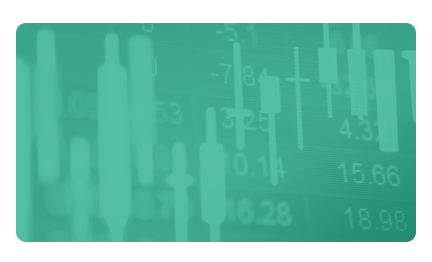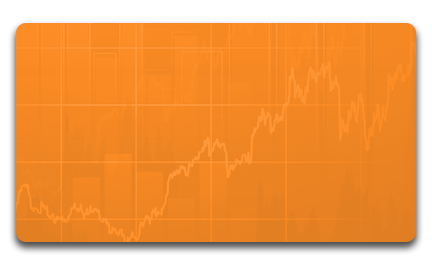Trend
There must be a trend on the market to talk about a trend continuation pattern. Wedge patterns usually have sudden price fluctuations or trading volume decrease. It is similar to triangles, but the maximums and minimums don’t get so close to each other that the two trend lines are closed. Wedges can act both as reversal and continuation patterns. It depends on the direction of the pattern relative to the current trend.
- Role: Continuation
- Expected trend: Bullish
- Previous tren: Bullish
- Reliability: Moderate
- Pattern: Wedge
Duration
Wedges are usually formed in 1-12 weeks. Some analysts believe 8 weeks are also enough for this pattern to develop. Ideally, they develop in 1 to 4 weeks.
Breakout
In an ascending trend, the resistance line must be broken to signal the previous trend’s continuation.
Volume
The pole develops when the trading volume is large. The large trading volume comes with a share price increase. The volume increases after the breakout and during the trend’s continuation.
Target price
The determination of price target differs from triangles. The pole is determined like it was for flag patterns, but it must be set on the breakout point (not the end of the narrowing).




















